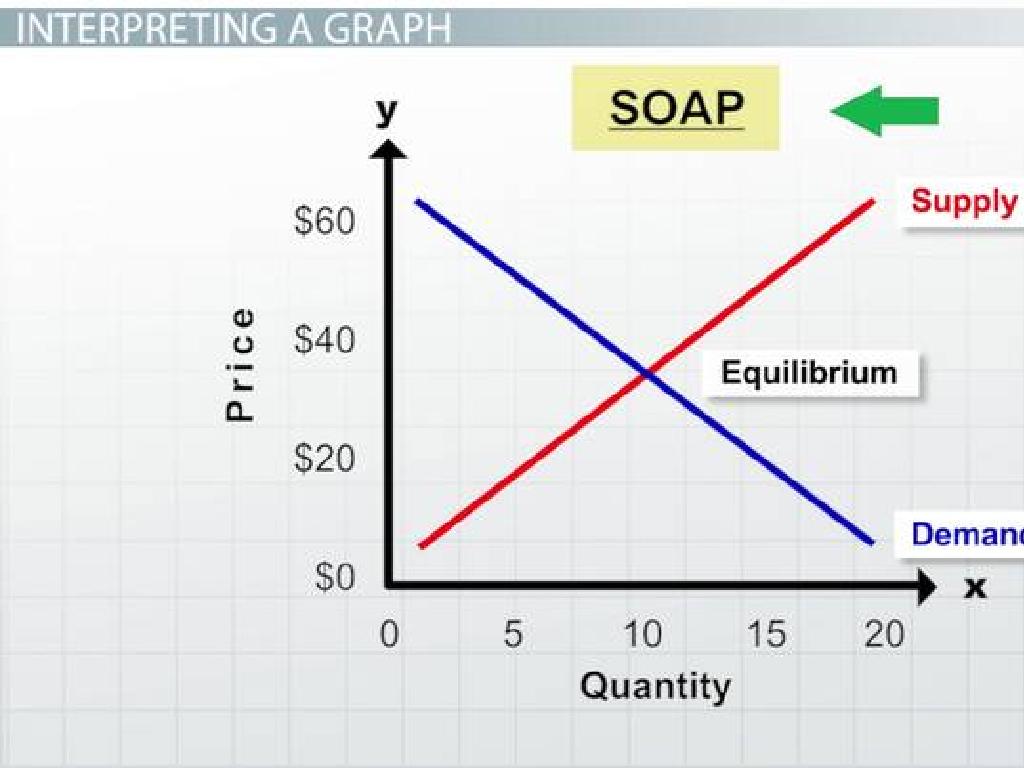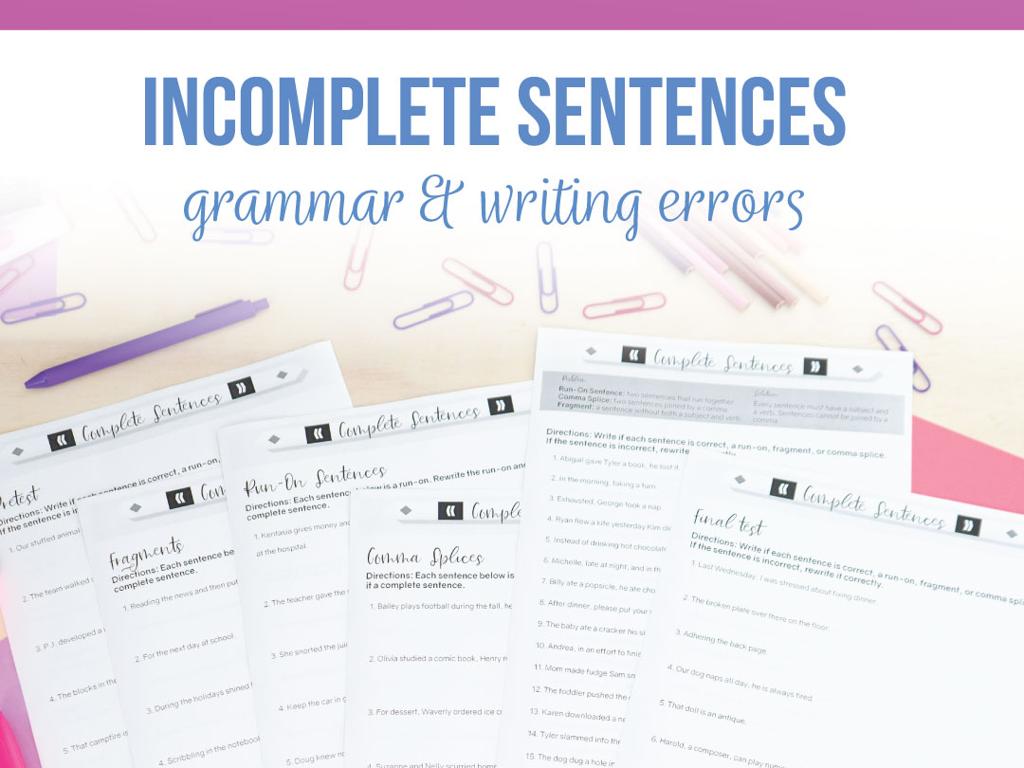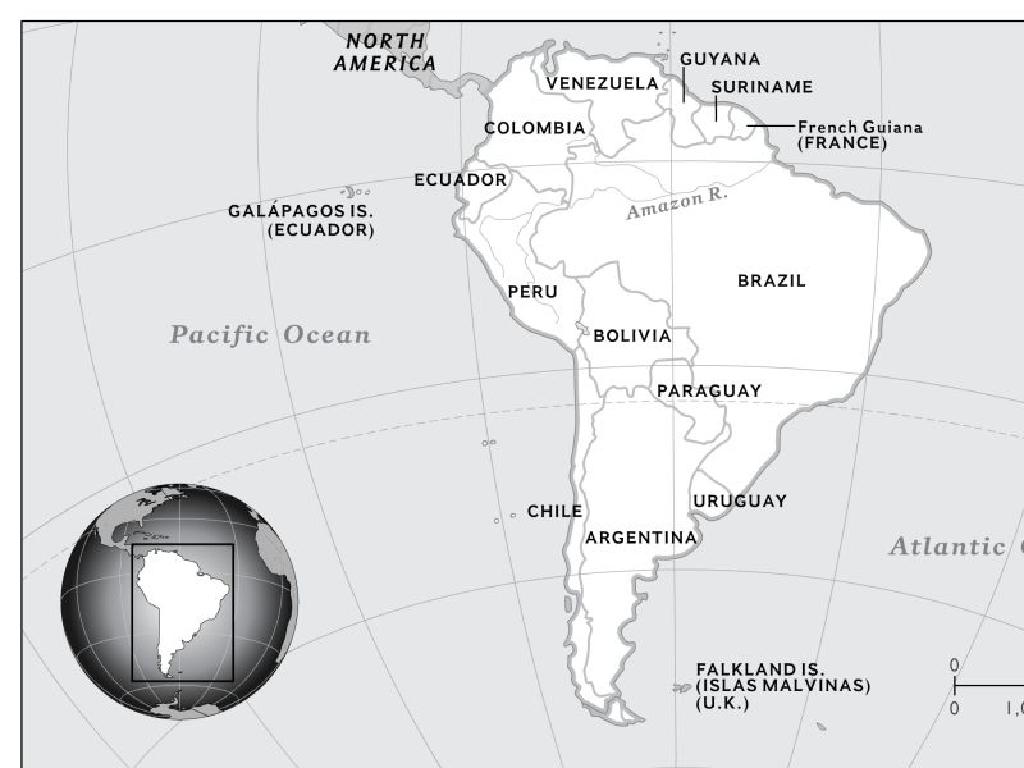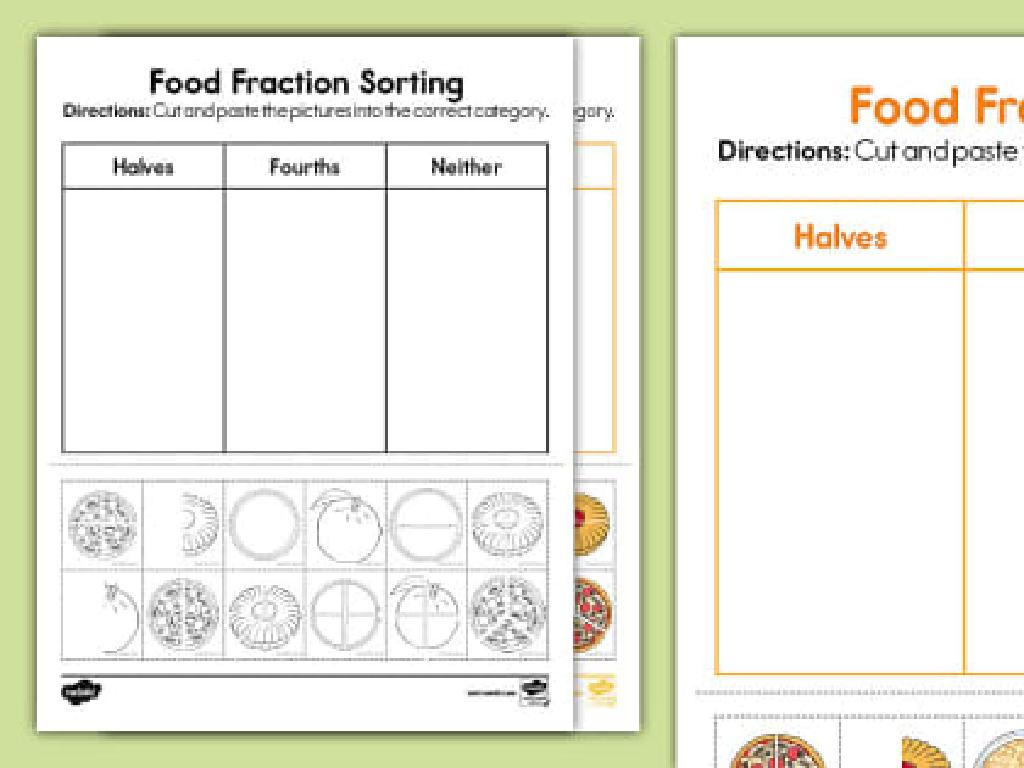Compare Numbers Up To 10 Using Words
Subject: Math
Grade: First grade
Topic: Comparing Up To 10
Summary: This first grade math presentation teaches students how to compare numbers up to 10 using words like 'more', 'less', and 'equal'. Engaging activities, hands-on examples, and interactive games help children practice identifying which quantities are greater, smaller, or the same. Using everyday items such as toys and apples, students build confidence in number comparison and learn how these math skills apply in real life, supporting foundational numeracy development.
Please LOG IN to download the presentation. Access is available to registered users only.
View More Content
Welcome to Comparing Numbers!
– Learn to compare numbers
– Use words: ‘more’, ‘less’, ‘equal’
– ‘4 is less than 5’ or ‘6 is more than 2’
– Comparing numbers in daily life
– Which has more? Fewer? Are they the same?
– Practice with examples
– Use objects like apples or toys to demonstrate
|
This slide introduces first graders to the concept of comparing numbers using descriptive words. Start by explaining that comparing is just like figuring out who has more toys at home or if two bags of candy have the same amount. Use simple, relatable examples to show how these math skills apply to everyday situations. Encourage the students to think about times they have compared things at home or in class. Provide hands-on activities where they can use objects to visually compare quantities, reinforcing the terms ‘more’, ‘less’, and ‘equal’. This will help them grasp the concept in a fun and interactive way.
What Does It Mean to Compare Numbers?
– Comparing: Same, More, or Less
– Is 5 the same as 5? Does 6 have more than 4?
– Compare with toys and cookies
– Which has more: 3 toys or 5 toys?
– Numbers can be compared too
– Is 8 less than 10? How can you tell?
– Let’s practice with examples
– Example: 2 ducks and 3 ducks in a pond
|
This slide introduces the concept of comparison to first graders by relating it to everyday items like toys and cookies before applying it to numbers. Start by explaining that comparing is determining how things are alike or different in quantity. Use tangible examples that are relatable to the students, such as comparing the number of toys they have to the number of cookies on a plate. Then, transition to comparing numbers up to 10, using words like ‘same,’ ‘more,’ and ‘less.’ Engage the class with simple examples and encourage them to use their fingers to count and visualize the comparisons. The goal is to make them comfortable with the concept of comparison in a fun and interactive way.
Using Words to Compare Numbers
– ‘More’ means a bigger number
– If you have 7 candies and I have 5, you have more.
– ‘Less’ means a smaller number
– If you have 3 toys and I have 5, you have less.
– ‘Equal’ means the same number
– If we both have 4 stickers, we have an equal number.
|
This slide introduces first graders to the concept of comparing numbers using words such as ‘more’, ‘less’, and ‘equal’. Start by explaining that these words help us describe the relationship between two numbers. Use tangible examples like candies or toys, as these are items children can easily visualize and count. Encourage the students to use their fingers to count and compare different amounts. Reinforce the concept by having them practice with various examples, and ask questions to ensure they understand how to use these words to compare numbers up to 10.
Comparing Numbers with Objects
– Count objects in two groups
– Decide which group has more
– Does group A or B have more toys?
– Find which has fewer items
– Does group A or B have fewer toys?
– Look for groups that are equal
– Are there any groups with the same number of toys?
|
This slide is designed to help first graders understand the concept of comparing quantities using real-world objects. Start by showing them two distinct groups of objects, such as toys or fruits, and ask them to count each group. Then, guide them to use comparative words like ‘more’ and ‘less’ to describe which group has a greater or smaller number of objects. Finally, challenge them to find any groups that have an equal amount, reinforcing the concept of equality. During the activity, encourage students to verbalize their thought process, which will help solidify their understanding of comparison using numbers up to 10.
Comparing Numbers Up to 10
– Numbers show quantity
– Comparing: more, less, or equal
– Which number is bigger, 3 or 7?
– Numbers 1 to 10
– Practice comparing with words
– Use words like ‘greater than’, ‘less than’, or ‘equal to’ for comparing
|
This slide introduces first graders to the concept of comparing numbers up to 10. Start by explaining that numbers help us count things. Then, show how to compare numbers to determine which is larger, smaller, or if they are the same. Reinforce the numbers 1 through 10 as these are the focus of the lesson. Engage the students with examples, asking them to compare pairs of numbers and use words like ‘greater than’, ‘less than’, or ‘equal to’ to describe their relationship. For instance, 8 is greater than 5. Encourage students to use their fingers to count and visualize the comparison. The goal is to make them comfortable with basic number comparison using words.
Comparing Numbers Using Words
– Understanding ‘more than’
– ‘More than’ means a larger number, like 5 is more than 3.
– Understanding ‘less than’
– ‘Less than’ means a smaller number, like 2 is less than 4.
– Understanding ‘equal to’
– ‘Equal to’ means the same amount, like 7 is equal to 7.
– Practice with examples
– Use objects or drawings to show comparison.
|
This slide introduces the basic concepts of comparing numbers using the terms ‘more than’, ‘less than’, and ‘equal to’. Start by explaining each term with simple examples. Use visual aids like counters or pictures to help students understand the concept of quantity comparison. Encourage students to use their fingers or objects around them to practice comparing numbers up to 10. Reinforce the vocabulary by repeating the terms and asking students to provide their own examples. The goal is for students to become comfortable with these terms and to be able to apply them when comparing numbers.
Let’s Practice Comparing Numbers!
– I’ll show two numbers
– Tell me which is more or less
– Is it more, less, or equal?
– Think: Does one number have a bigger value or are they the same?
– Use ‘more’, ‘less’, ‘equal’
– Practice using comparison words in your answers
|
This slide is designed to engage first-grade students in a fun comparison game to help them understand the concept of comparing numbers up to 10. The activity will involve showing the students two different numbers and asking them to determine which number is greater, which is lesser, or if they are equal. The teacher should encourage the students to use the words ‘more’, ‘less’, and ‘equal’ in their responses to reinforce their understanding of these terms. For the teacher’s guidance, prepare a set of number pairs in advance and consider using visual aids like number cards or objects to represent the quantities. This will make the game more interactive and easier for the students to comprehend. Possible variations of the activity could include pairing students to play the game together, using real-life objects for comparison, or creating a number line on the floor for a physical representation of the concept.
Class Activity: Number Match-Up
– Match numbers with object groups
– Decide: more, less, or equal?
– Is ‘5’ more than, less than, or equal to the number of apples?
– Everyone gets a turn
– Fun with numbers and objects
– We’ll use toys, fruits, and blocks for matching
|
This interactive activity is designed to help first graders understand the concept of comparing quantities using numbers up to 10. Set up stations with different groups of objects (like toys, fruits, and blocks) and corresponding number cards. Students will match the number cards to the groups of objects and decide if the number is more, less, or equal to the number of objects in the group. Ensure every child has a chance to participate and provide guidance as needed. Possible variations of the activity could include using different objects, having students draw their own groups of objects, or pairing students to work in small teams for collaborative learning.
Conclusion: Comparing Numbers Up to 10
– Excellent work on number comparison!
– ‘More’ means a bigger number
– For example, 8 is more than 5.
– ‘Less’ means a smaller number
– For example, 3 is less than 7.
– ‘Equal’ means the same amount
– For example, 6 is equal to 6.
|
Today, we’ve learned how to compare numbers up to 10 using words like ‘more’, ‘less’, and ‘equal’. Reinforce these concepts by encouraging students to practice at home with familiar items. They can compare the number of toys they have to the number their friend has, or the number of snacks in different packets. This real-world application helps solidify their understanding of comparison. During the next class, review these terms and ask students to share their home comparison examples. This will help them remember the concepts and understand how to apply them.





